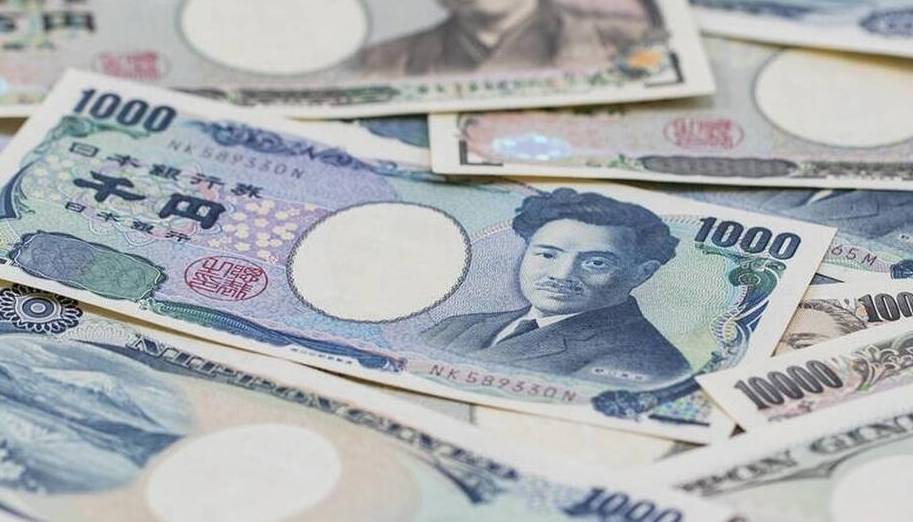- Financial Industry Trends
- October 25, 2024
IMF: India's GDP to Surpass Japan in 2025
Advertisements
The economic landscape is witnessing a significant shift, particularly in Asia, as Japan braces itself for a possible fall from its once-stalwart position as the world’s third-largest economy. With Germany having already surpassed Japan in nominal GDP rankings, the looming rise of India could propel the latter into the fourth place by 2025, further straining Japan's economic prestige.
The International Monetary Fund (IMF) forecasts that India's nominal GDP will reach approximately $4.3398 trillion by 2025. This projection places India narrowly ahead of Japan's anticipated output of $4.3103 trillion, clearly signaling a pivotal change in global economic power dynamics. Japan, having long enjoyed its place among the top three economies, is now facing the sobering reality that its economic stature may dwindle into fifth place by the end of the decade.
A notable factor in this predicament is the persistent decline of the Japanese yen. As a critical gauge of economic vitality, nominal GDP reflects the total market value of all final goods and services produced within a nation over a specified period, calculated at current prices excluding inflation's impacts. This metric, however, has been adversely affected by the yen's depreciation against the dollar, intensifying Japan's economic challenges.
This depreciation has not only undermined currency value but has also led to an accelerated timeline for India's ascent over Japan regarding GDP figures. The IMF attributes this situation to the yen's consistent weakening, which has resulted in lower dollar-denominated measurements of Japan's economy. Thus, Japan’s decline is marked not just by economic stagnation, but also by the currency fluctuations that have made its economic outputs less robust on the global stage.
Japan's struggle is compounded by its central bank's prolonged adoption of ultra-loose monetary policy, even as global counterparts like the Federal Reserve pursue aggressive rate hikes. The Bank of Japan's strategy, primarily manifested through its yield curve control measures, has contributed to the yen's persistent decline in value. In 2023, the yen's exchange rates continued to worsen; even after exiting negative interest rates in March, the currency struggled to regain strength.
Recent developments show that by April, the yen had reached alarming lows, with net short positions in yen exceeding 150,000 contracts, further fueling concerns among economists. As of April 22, the exchange rate had dropped to around 154.80 to 154.90 yen per dollar, marking the worst performance since Japan's bubble economy burst in the early 1990s. This depreciation highlights concerns about the structural weaknesses within Japan's economy—a nation once a titan in technological exports and cutting-edge industries.

Shigeto Nagai, chief economist at Oxford Economics, comments on the foreign perception of the Bank of Japan’s policy decisions, suggesting that many view its actions as dovish. He indicates that the potential for interest rate increases in the near term remains low, especially with the persistent trade imbalance and yield differential between Japan and the United States. While Nagai tempers the outlook for immediate yen recovery, he suggests that long-term adjustments may occur contingent upon Fed decisions later in the year.
Concerns about the yen have aroused broader apprehension within Japan's economy. The chairman of the Japan Chamber of Commerce expressed worries over the dual forces of rising resource prices and the yen's depreciation fueling a resurgence of cost-push inflation. This inflationary pressure disproportionately affects small businesses that do not benefit from export advantages enjoyed by larger corporations, highlighting a widening economic divide that needs addressing.
In a trilateral meeting following discussions among finance ministers from Japan, the U.S., and South Korea, joint statements acknowledged the rapid depreciation of both the yen and the won. This urgency reflects growing fears about the implications of currency fluctuations for Japan and Korea's economic stability. Japanese Finance Minister Shunichi Suzuki emphasized the need for vigilant action against excessive fluctuation in the yen's value, indicating the potential for coordinated government responses.
Yet, it's essential to recognize that Japan's challenges extend beyond mere currency movements. Historical data illustrates Japan's GDP growth trajectory: in 1968, the nation became the world's second-largest economy following the United States, bolstered by robust industrial sectors. Over the following decades, Japan enjoyed expansive growth, eclipsing the $1 trillion GDP mark in 1978 and reaching a peak of $5.5 trillion in 1995, capturing 18% of global GDP.
However, this growth was not sustainable. Following years of stagnation and shrinking market share, Japan's nominal GDP dipped below $5 trillion in 2021 and has since lingered around the $4 trillion mark. The nation's economy has hovered near stagnation post-2010, especially after being overtaken by China. The narrative of decline is stark—despite a period of innovation and economic expansion, Japan now steps back from its historical place as an economic beacon.
Cheng Yan, Executive Director of the Japan-China Research Institute, highlights that fluctuations in exchange rates are superficial factors obscuring deeper issues within Japan’s economy. He points out that while the yen's exchange rate has encountered significant change over the years, the greater concern is Japan's failure to maintain its competitiveness across several key industries such as electronics and automotive manufacturing, where it once commanded a lion's share of global markets.
Reflecting upon Japan's transformative years of growth driven by technological innovation, Cheng observes that the country now faces a critical juncture. He warns that Japan’s once-thriving sectors have seen steep declines, necessitating shifts to new industries to stimulate investment and consumption while grappling with an aging population that threatens domestic demands.
As 2023 continues, Japan grapples with a forecasted slowdown in economic growth, expected to drop from 1.9% last year to around 0.9% in 2024. Analysts predict that by 2025, growth may stabilize at approximately 1%. The retreat of temporary factors, such as a surge in inbound tourism, indicates a broader vulnerability in the Japanese economy and highlights the ongoing need for strategic recovery initiatives.
Leave a reply